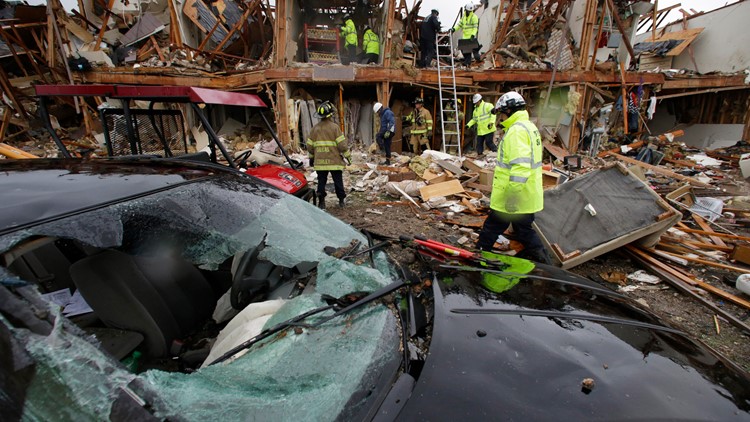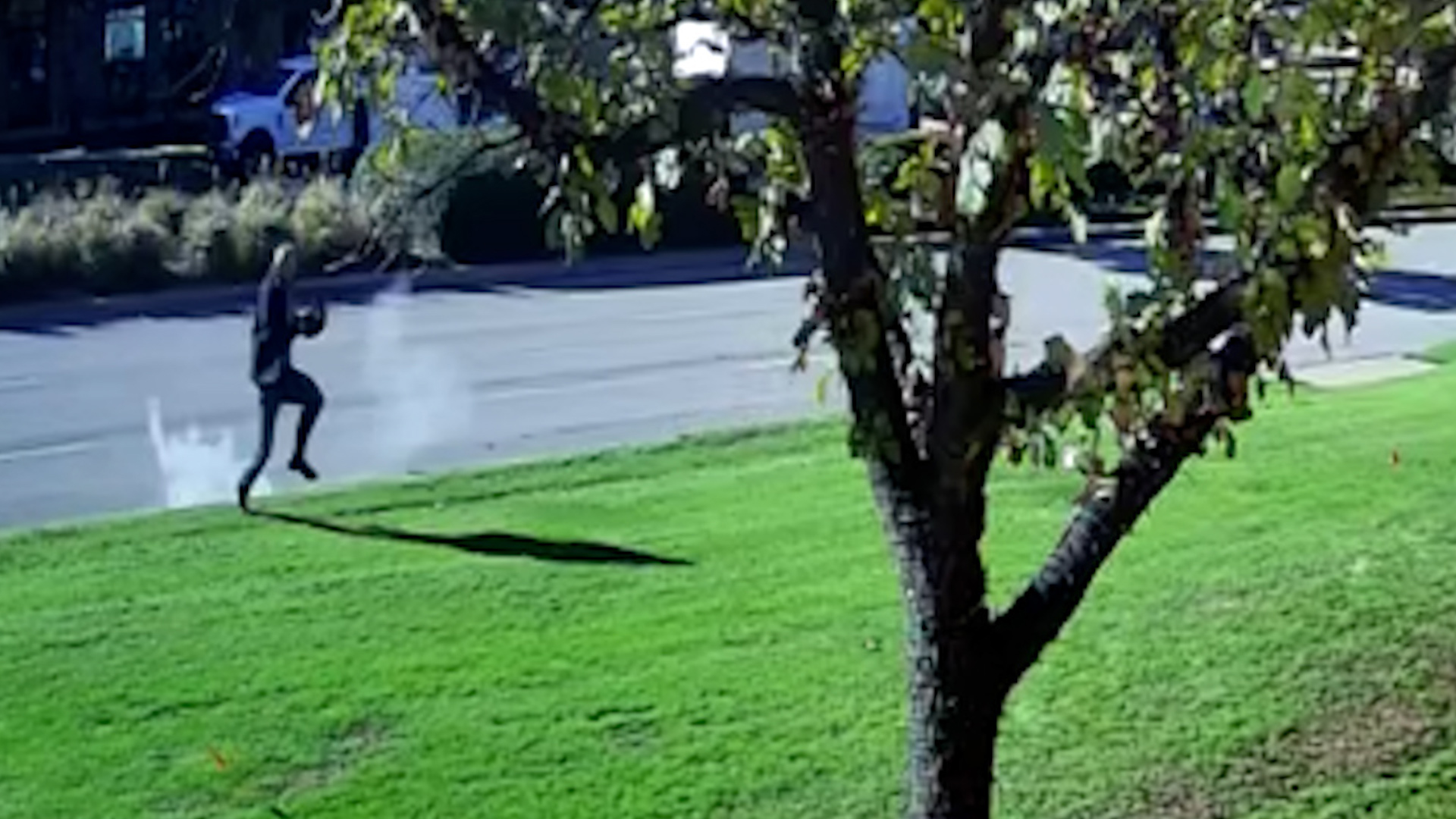WEST, Texas — Monday marked 10 years since a fertilizer plant exploded in West, Texas, in McLennan County. And authorities issued a reminder: There is still a $50,000 reward for information that leads to an arrest in the fire that happened before the explosion.
The Bureau of Alcohol, Tobacco, Firearms and Explosives officials on Monday issued a news release about the case and reward.
The explosion led to the deaths of 15 people, including 12 first responders, and it injured 300 others and destroyed more than 500 homes.
It happened on the evening of April 17, 2013, shortly before 8 p.m. Twenty-two minutes earlier, a fire was reported at the West Fertilizer facility. The explosion happened as crews were responding to the fire at the fertilizer plant.
Investigators conducted more than 400 interviews, reviewed witness photos and video and did "extensive scientific testing" at the ATF's fire research lab in Maryland. In the end, investigators ruled -- by process of elimination -- that the fire was "incendiary," meaning it was intentionally set.
No suspects or persons of interest have been identified in the fire and explosion.
The ATF, Texas Rangers, and the McLennan County District Attorney's Office are among the agencies still seeking the public's help in identifying anyone responsible for the fire.
Anyone with information can call the ATF at 1-888-ATF-TIPS or send info by email to ATFTips@atf.gov or through the ATF's website at www.atf.gov/contact/atftips.
When the explosion happened, WFC had approximately 40 to 60 tons of ammonium nitrate at its facility.
The building housing it all was wooden. It was built in the 1960s with a wood frame, the rafters were wooden, and even part of the roof was plywood.
The ammonium nitrate was even stored in a wooden bin.
The U.S. Chemical Safety and Hazard Investigation Board found "the construction of the bins and other building materials, as well as the lack of an automatic sprinkler system, plausibly contributed to the detonation."



